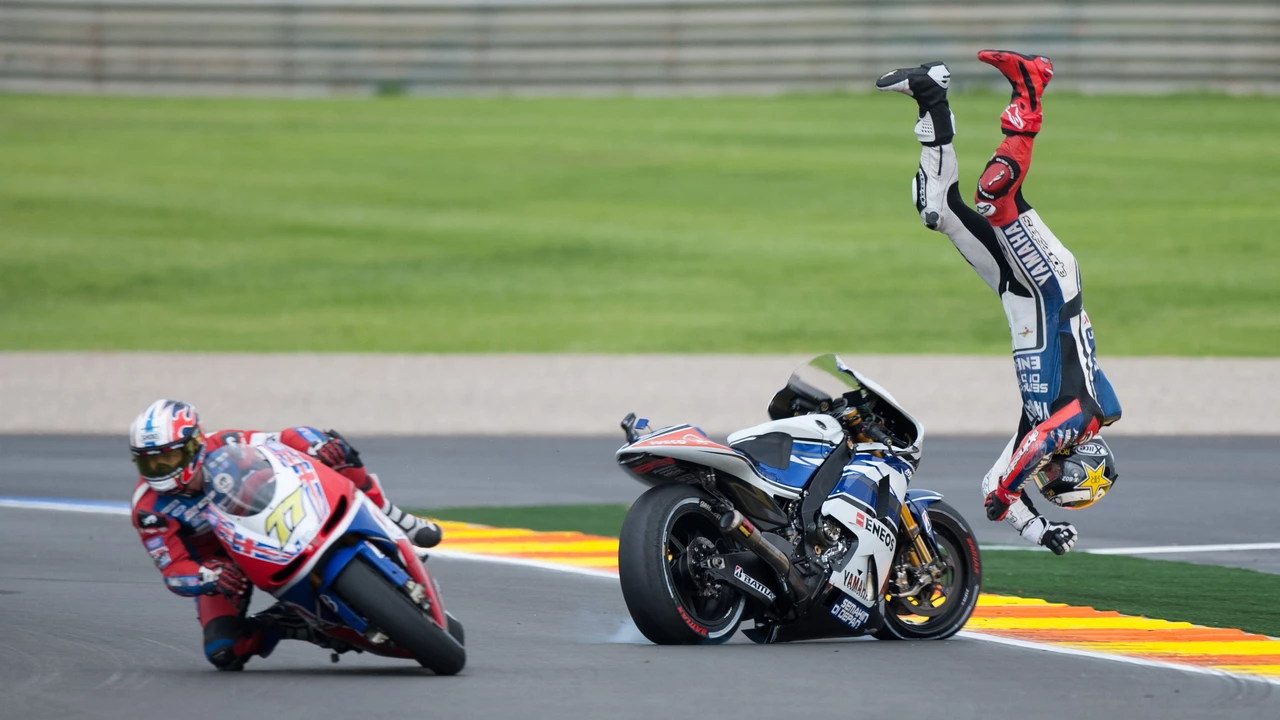Handle Turning: Simple Tips to Improve Your Racing Line
Ever wondered why some drivers zip through a corner while others scrape the wall? The secret often lies in how you handle turning. It’s not magic – it’s a mix of proper braking, smooth steering, and hitting the right apex. Below you’ll find clear steps you can start using today.
Why Turn Handling Matters
When you enter a bend, the car’s weight shifts. If you turn too early or too hard, you lose grip and waste time. Good turn handling lets you keep the car balanced, stay on the racing line, and exit faster. That extra speed adds up lap after lap, whether you’re on a street circuit or an oval.
Three Easy Steps to Better Turns
1. Brake before the turn, not during it. Pull the brakes while you’re still straight, then release as you start to turn. This keeps the front wheels from locking and gives you better steering control. Think of it as slowing down before you swing the door open.
2. Pick the correct apex. The apex is the inside point of the corner where you want the car to be closest to the edge. Aim to hit the apex a little later than you think – it lets you straighten the car earlier on the exit. Picture a triangle: start wide, clip the apex, then open up.
3. Smooth the steering input. Rotate the wheel gently rather than jerking it. A smooth motion keeps the tires in contact with the road and reduces understeer. If you need to correct, do it with small, quick adjustments – big swings just upset the balance.
Putting these steps together feels natural after a few runs. Start on a track you know, focus on braking before the corner, then practice hitting the apex in a consistent spot. Watch how the car responds and tweak the steering smoothness.
Another tip many racers overlook is body positioning. If you’re in a single‑seater, shift your weight slightly toward the inside of the turn. It helps the car rotate and gives extra grip on the outside tires. On a motorcycle, lean with the bike and keep your eyes on the exit – eyes lead the bike.
Don’t forget to check tire pressure before a session. Too high or too low pressure changes how the tire grips during a turn. A good rule of thumb is to follow the manufacturer’s range and adjust by a few psi for hotter conditions.
Finally, record a short video of your laps or use a data logger if you have one. Seeing where you brake, where you hit the apex, and how you steer makes it easier to spot mistakes. Small changes based on that feedback can shave tenths of a second off each lap.
So next time you line up for a corner, remember: brake early, aim for a clean apex, steer smooth, and keep your body in sync. These basics turn shaky laps into confident, fast runs. Give them a try on your next track day and feel the difference right away.

In MotoGP racing, it may appear as though riders don't turn their handles, but it's not entirely accurate. Instead of turning the handles like in regular motorbikes, MotoGP riders use a technique called 'counter-steering'. This involves pushing the handlebar in the opposite direction of the turn while leaning their body into the turn, which effectively steers the bike. It's a skill that requires precision and balance, and it's what allows these professional riders to navigate high-speed turns with such agility and control. So, while it may look like the handles aren't turning, there's a lot more going on beneath the surface.
Read More